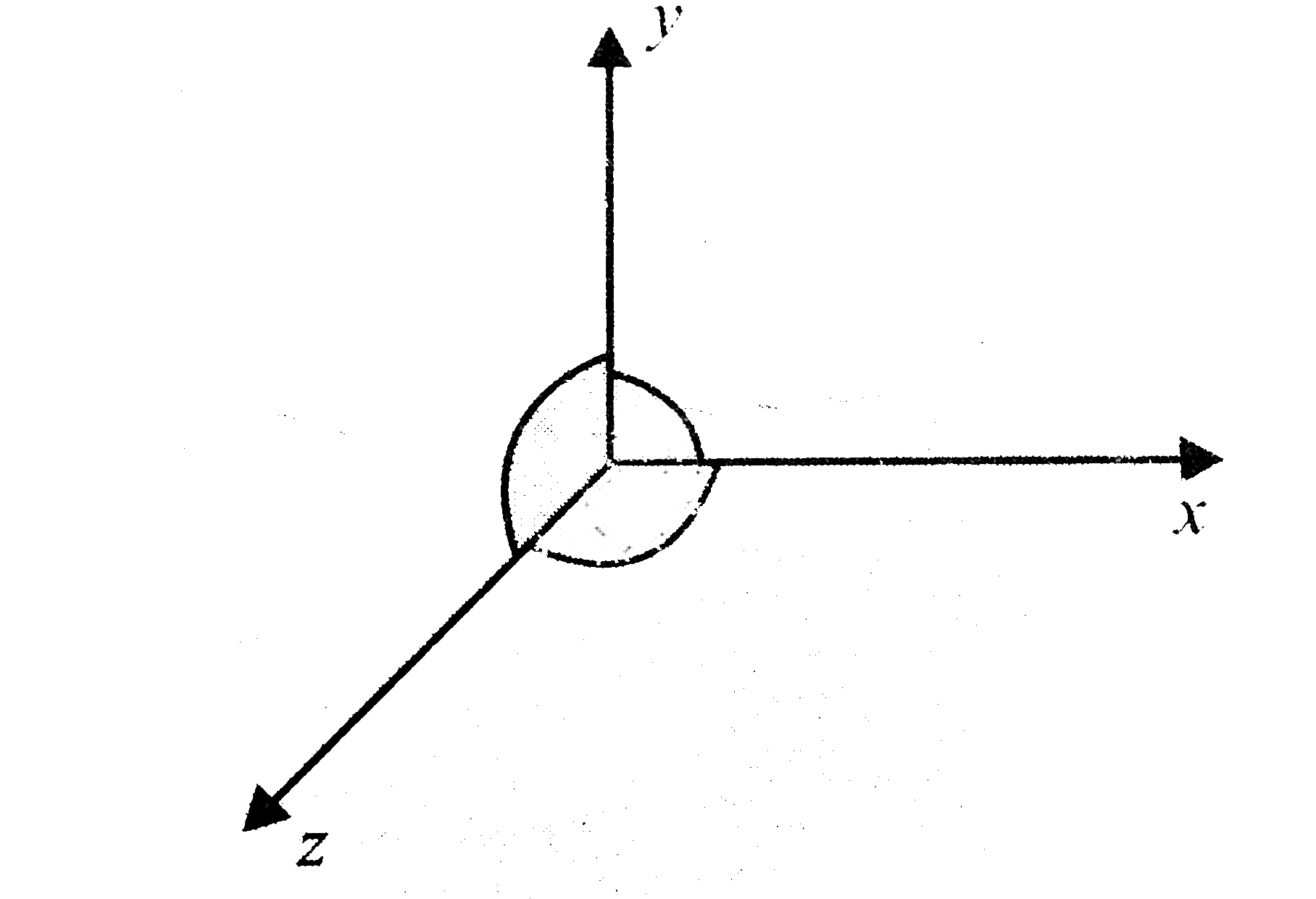A ball of mass m, travelling with velocity 2ˆi+3ˆj receives an impulse −3mˆi. What is the velocity of the ball immediately afterwards?
The correct Answer is:A, C
Using J=m(vf−vi)
−3mˆi=m[vf−(2ˆi+3ˆj)]
or vf=−3ˆi+(2ˆi+3ˆj)
or vf=−ˆi+3ˆj
Topper's Solved these Questions
- BOOK - DC PANDEYCHAPTER - CENTRE OF MASS, LINEAR MOMENTUM AND COLLISIONEXERCISE - Exercise 11.611videos
CENTRE OF MASS, LINEAR MOMENTUM AND COLLISION
- BOOK - DC PANDEYCHAPTER - CENTRE OF MASS, LINEAR MOMENTUM AND COLLISIONEXERCISE - Level 1 Assertion and Reason15videos
CENTRE OF MASS, LINEAR MOMENTUM AND COLLISION
- BOOK - DC PANDEYCHAPTER - CENTRE OF MASS, LINEAR MOMENTUM AND COLLISIONEXERCISE - Exercise 11.44videos
CENTRE OF MASS, LINEAR MOMENTUM AND COLLISION
- BOOK - DC PANDEYCHAPTER - CENTRE OF MASS, IMPULSE AND MOMENTUMEXERCISE - Comprehension type questions15videos
CENTRE OF MASS, IMPULSE AND MOMENTUM
- BOOK - DC PANDEYCHAPTER - CIRCULAR MOTIONEXERCISE - Medical entrances s gallery19videos
CIRCULAR MOTION
Similar Questions
A cricket ball of mass 200 gm moving with velocity 15 m/s is brought to rest by a player in 0.05 sec. What is the impulse of the ball and average force exerted by player ?
View SolutionA ball of mass 2m impinges directly on a ball of mass m, which is at rest. If the velocity with which the larger ball impinges be equal to the velocity of the smaller mass after impact then the coefficient of restitution :-
View Solution
Knowledge Check
- Question 1 - Select One
A ball of mass 1 kg moving with velocity →v=3ˆi+4ˆj collides with a wall and after collision velocity of the ball is −2ˆi+6ˆj . Which of the following unit vectors is perpendicular to wall?
A15(−3ˆi−4ˆj)B1√29(5ˆi+2ˆj)C1√40−(2ˆi+6ˆj)D1√40(5ˆi−2ˆj) - Question 2 - Select One
A ball of mass 1 kg. moving with velocity 7 m/sec overtakes and collides with a ball of mass 2 kg. moving with velocity 1 m/sec in the same direction. If e = 3 / 4, the velocity of the lighter ball after impact is
A6 m/secB3/2 m/secC1 m/secD0 m/sec - Question 3 - Select One
A ball of mass 2m impinges directly on a ball of mass m, which is at rest. If the velocity with which the larger ball impringes be equal to the velocity of the smaller mass after impact then the coefficient of restitution :-
A13B34C12D25
A ball falling with velocity →vi=(−0.65ˆi−0.35ˆj)ms−1 is subjected toa net impulse →I=(0.6ˆi+0.18ˆj)Ns. If the ball has a mass of 0.275 kg, calculate its velocity immediately following the impulse.
View SolutionA ball falling with velocity →vi=(−0.65ˆi−0.35ˆj)ms−1 is subjected to a net impulse →I=(0.6ˆi+0.18ˆj) Ns. If the ball has a mass of 0.275kg calculate its velocity immediately following the impulse .
View SolutionA mud ball at rest explodes into three fragmennts of masses in the ragio 1:2:1. the two equal masses move with velocities 2ˆi+5ˆj−6ˆk and −4ˆi+3ˆj+2ˆk. Find the velocity of the find mass.
 View Solution
View SolutionA boat is moving with a velocity (3ˆi+ˆj) with respect to ground. The water in the river is moving with a velocity −3ˆi−4ˆj with respect to ground. What is the relative velocity of boat with respect to river ?
View SolutionA ball of mass '2m' moving with velocity uˆi collides with another ball of mass 'm' moving with velocity −2uˆi. After the collision, mass 2m moves with velocity u2(ˆi−ˆj). Then the change in kinetic energy of the system ( both balls ) is
View Solution

